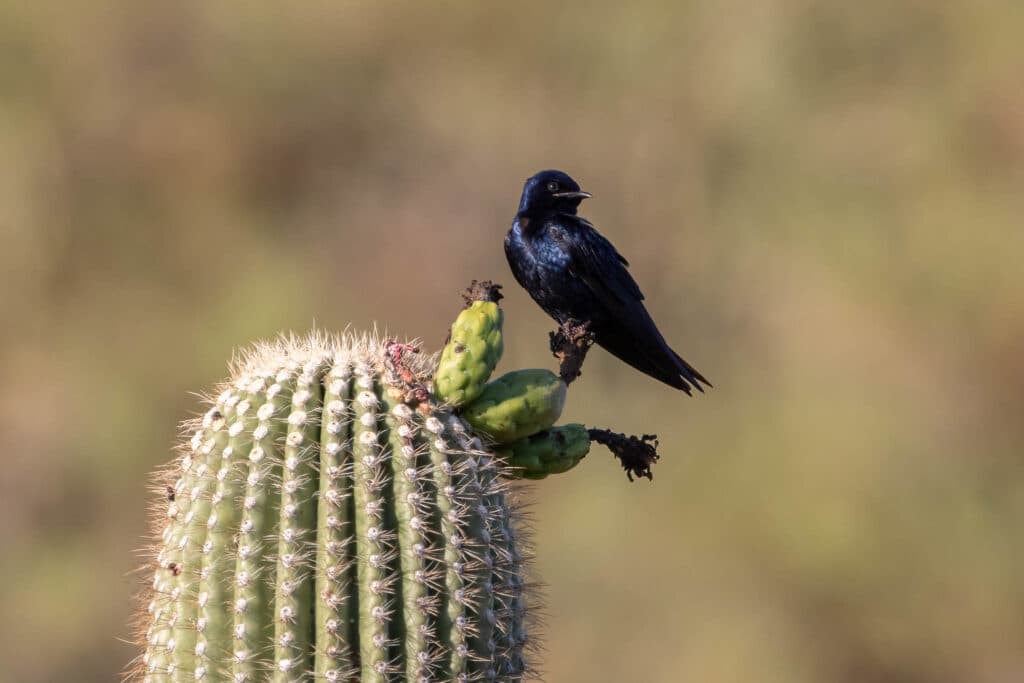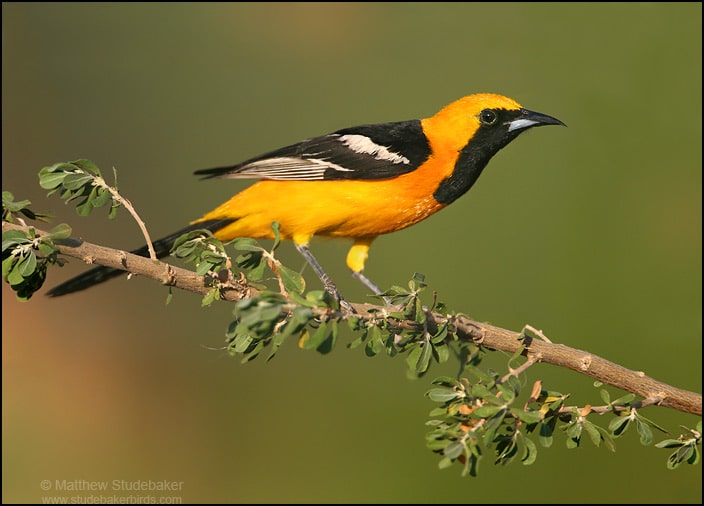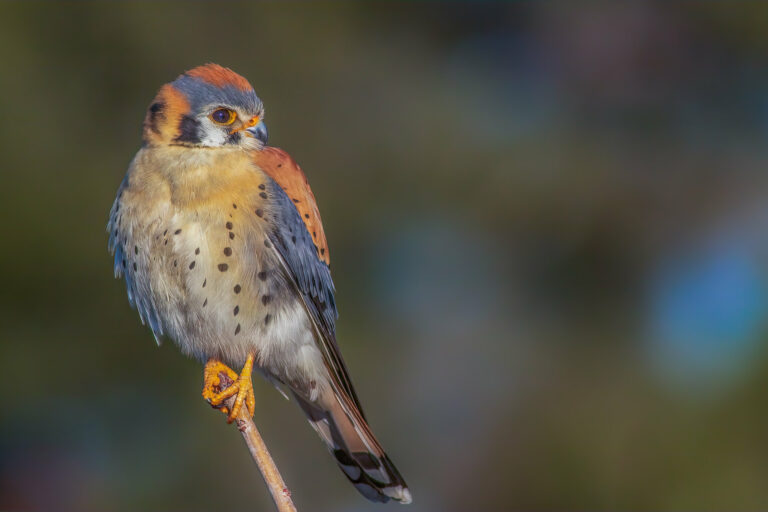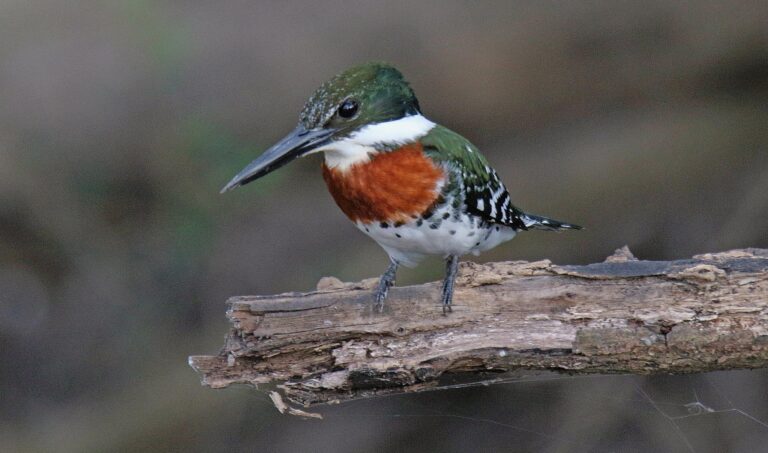If you’re from the eastern US and thought you saw familiar Purple Martins recently, your eyes and ears were not deceiving you. There are martins in the Sonoran Desert! We have a very special desert-nesting subspecies (Progne subis hesperia) here that utilizes cavities in the very largest saguaro cactuses. They start arriving in May and their numbers will build—territories will be established and their breeding is timed to take advantage of our summer rainy season. This subspecies has not been studied nearly as much as its eastern cousin, thus the creation of Tucson Audubon’s Desert Purple Martin Project in 2020. Its goal is to document breeding behavior and the details of specific saguaro nesting holes, and this important work is only possible with the dedication of many volunteers.
Purple Martins have had a close and unique relationship with humans in North America going back hundreds of years. The tradition of putting up martin houses was so common that John James Audubon used them to choose his lodgings for the night. In 1831, he famously remarked, “Almost every country tavern has a martin box on the upper part of its sign-board; and I have observed that the handsomer the box, the better does the inn generally prove to be.” Interestingly, martins took to the houses so readily that the species east of the Rockies had almost completely abandoned using natural cavities for nesting by 1900. Eastern birds may now be considered colonial nesters because of the close proximity of their nests, while western populations still nest solitarily in natural nest holes.
The largest North American swallow, Purple Martins are year-round insectivores and aerially forage much higher than other swallows. They are vulnerable to cold weather snaps that might temporarily reduce insect populations, similar to the Violet-green Swallow die-off recently. All Purple Martins form huge flocks during migration, so large they can be seen on radar! Locally, gatherings of martins can be found along the San Pedro River in late summer before they head back to South America for the winter.




